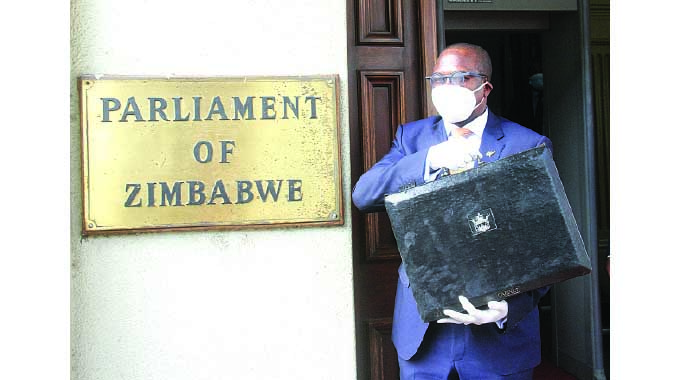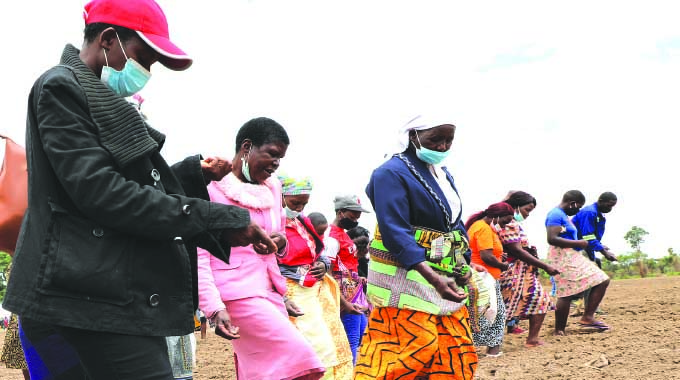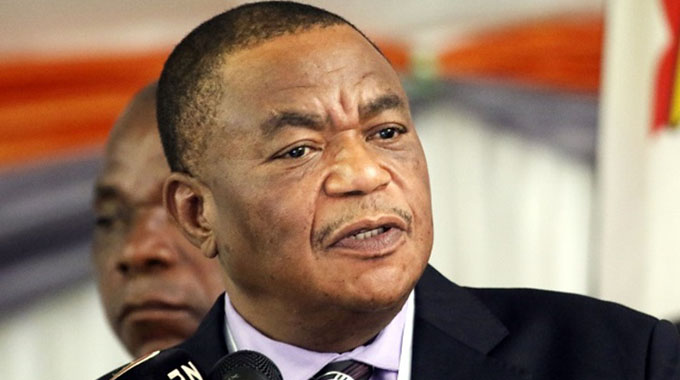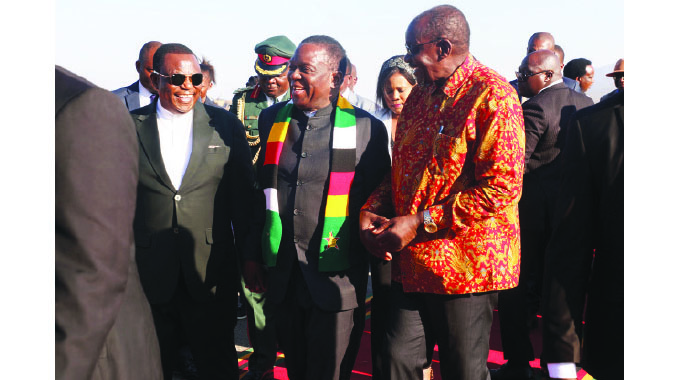Infrastructure development allocated $156,4bn in 2022

Business Reporter
THE Government continues to prioritise investments in key infrastructure programmes to support sustainable economic growth in Zimbabwe, with Finance and Economic Development Minister Professor Mthuli Ncube, affirming this position in his 2022 national budget by allocating billions of dollars for various projects across the country.
Infrastructure enables trade, powers businesses, connects workers to their jobs, creates opportunities for struggling communities and protects the nation from an increasingly unpredictable natural environment.
The economy needs reliable infrastructure to connect supply chains and efficiently move goods and services across borders. Infrastructure connects households across metropolitan areas to higher quality opportunities for employment, healthcare and education.
Under the National Development Strategy (NDS1), the Government’s five-year economic management master plan through to 2025, will focus on building, expanding and restoring key enabler infrastructure such as roads, dams, houses, clinics, hospitals and airports among others.
In the 2022 budget, Minister Ncube allocated infrastructure a total of $156,4 billion meant to facilitate completion of ongoing projects in and around the country across all key sectors.
“The 2022 budget provides an overall infrastructure spending plan of $156,4 billion to support mainly ongoing projects. An amount of $10,9 billion has been set aside for capitalisation of State-Owned Enterprises whilst $23,5 billion is earmarked for capacitation of line ministries in order to enhance public service delivery,” Minister Ncube said.
The Treasury chief said he had set aside $22,4 billion in his 2022 spending plan, which will be channelled towards sustaining works on ongoing dam construction projects.
A total of eight dams spread across the country, including water reticulation services, are currently under construction, with five expected to be completed in 2022.
Dams being constructed include Gwayi-Shangan, which will receive $3,6 billion, the much awaited Kunzvi , set to get $3,64 billion, Bindura Dam expected to receive $400 million and Semwa Dam, which was allocated $3,8 billion. Chivhu dam is now 59 percent complete, with major works such as excavations of core trench including riverbed, outlet pipe trench and excavation of water treatment plant having been completed.
Minister Ncube said in his 2022 budget statement that “remarkable progress has been realised on the Manyame Hospital with an amount of $646,4 million having been availed. The superstructure is almost complete with specialist works such as plumbing, electricals, lifts and glazing expected to be complete during the first quarter of 2022”.
To ensure increased access and coverage of health services especially in underserviced and marginalised areas, construction of three 120 bed district hospitals and thirty 22 bed health centres over a period of 18 months has begun.
Additionally, work on four sites for similar projects in Southlea Park in Harare, Cowdry Park in Bulawayo, Mberengwa and Chimanimani is ongoing and expected to be completed by year end.
Minister Ncube also said preparatory works on other 12 sites has already been handed over.
A total of $43,9 billion has been set aside for the roads development programme from fiscal resources, with an amount of $20 billion earmarked for the Harare-Beitbridge Road while $23,9 billion has set aside for other priority projects, among them, the rehabilitation and upgrading of Binga, Kanyemba, and Buffalo Range airstrips.
“In 2022, the thrust is to continue to modernise the transport network, with particular focus on completion of on-going projects to ensure it facilitates the attainment of Vision 2030,” he said.
In 2022, the Emergency Road Rehabilitation Programme (ERRP) will be refocused to concentrate on high impact road development works, with activities such as routine maintenance and regravelling being left under the purview of the respective road authorities.
A total of $16,9 billion will be disbursed to local authorities, $3,3 billion to urban councils, $2,8 billion to rural councils while the District Development Fund will get $4,5 billion for ERRP.
Construction and upgrading as well as relocation of toll gates will be done to the tune of $1,8 billion and will be deployed towards these interventions through Zimbabwe National Road Authority (ZINARA).
For the year 2022, the main thrust of the Ministry of Energy and Power Development will be the implementation of rural electrification projects will be deepened through grid expansion projects, solar mini-grid systems and biogas digesters and Treasury allocated $354,6 million which will be complemented by $2.8 billion from the Rural Electrification Fund Levy.
No major development is expected to kick off in the sector with the minister banking much on Independent Power Producers (IPPs).
“In 2022, electricity generation is projected to grow by 5,4 percent underpinned by ongoing rehabilitation and expansion projects, as well as the coming on board of new IPPs,” Minister Ncube said.
Minister Ncube said the country’s aggressive drive and commitment towards infrastructure development has resulted in completion of several projects in almost all sectors. The country has managed to achieve this largely utilising domestic resources and notwithstanding current challenges emanating from the Covid-19 pandemic.










Comments